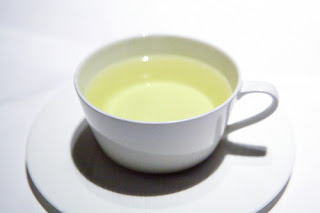White Sage - Plant Personality
Each plant species is like a person, unique and individually focused. This point is not always well understood. Staff at Lucky Six Farms are frequently asked to clarify issues regarding the proper place of White Sage within the general family of sages. Queries often run,”White Sage is just a strong mint, right? Aren’t all mints pretty much the same anyway, like peppermint and spearmint? So it should be OK if I substitute one for another.” While such confusion is certainly understandable, we believe it should be dispelled before it can motivate imprudent enterprise. There are more plants classified as salvias then are found in any other genus of the mint family (Lamiaceae). In turn, each salvia species is a very special plant in its own right, with uses and caveats applicable to itself alone.
White Sage - Plant Power To Be Respected
Some of the characteristic vagueness surrounding sages is simply a consequence of old Linnean taxonomic designations indiscriminately rolled over into our current system of biologic classification. The sage genus as whole originally derived its title from the Latin verb salvere, which meant to experience well-being and health. Most people are familiar with sages through their renowned culinary representative, Salvia officinalis, usually called cooking or common sage, available on the spice rack of any grocery store or supermarket. On the other hand, White Sage (Salvia apiana) is a much rarer and infinitely more formidable plant. Too strong for casual ingestion under any circumstances and too spiritually potent for use as a throwaway incense, White Sage has earned a worldwide reputation as cleanser par excellence of lingering negative impressions and fast-acting psychic energizer.
White Sage - Plant Of Purity
White Sage has also been traditionally employed by Native Americans and professional herbalists in a variety of targeted medicinal contexts, where its intensely penetrating character can be carefully monitored and controlled for optimum effect. A reasonably safe way of exploring these potentials is through brewing an ultra-light tisane: leave one White Sage leaf in a cup of water for several hours, remove the leaf, and drink plain. No more than a single cup of this infusion should be taken per day and never by lactating mothers, as compounds in White Sage may attenuate their flow of milk. Apiana tisanes have long been reputed to alleviate symptoms of irritated respiratory and digestive tracts, but authorized medical practitioners should always be consulted in serious or protracted cases.
By Alan Beck



No comments:
Post a Comment
We all benefit when you share your opinions -- Please Comment, even just to say "I like this!"